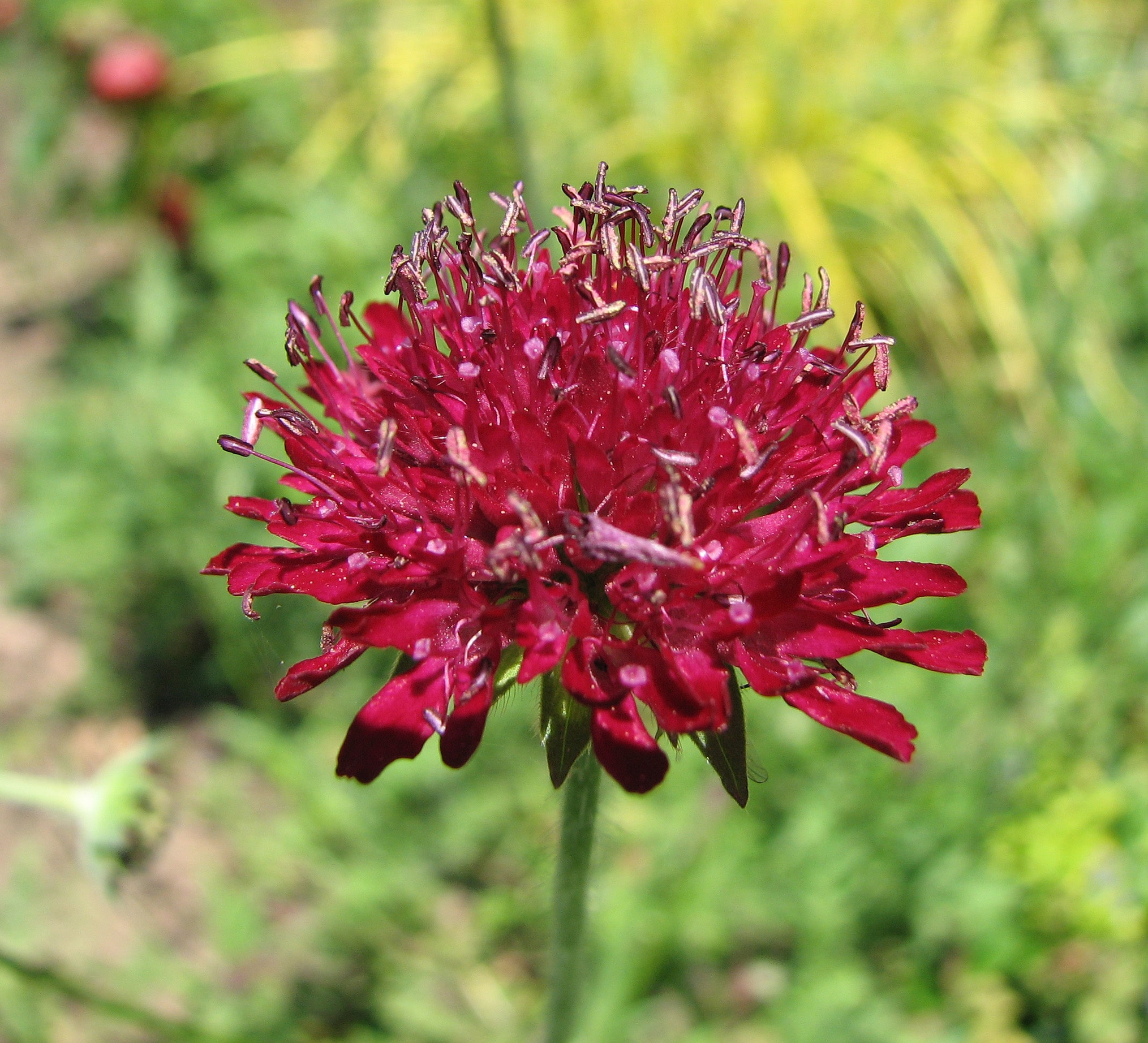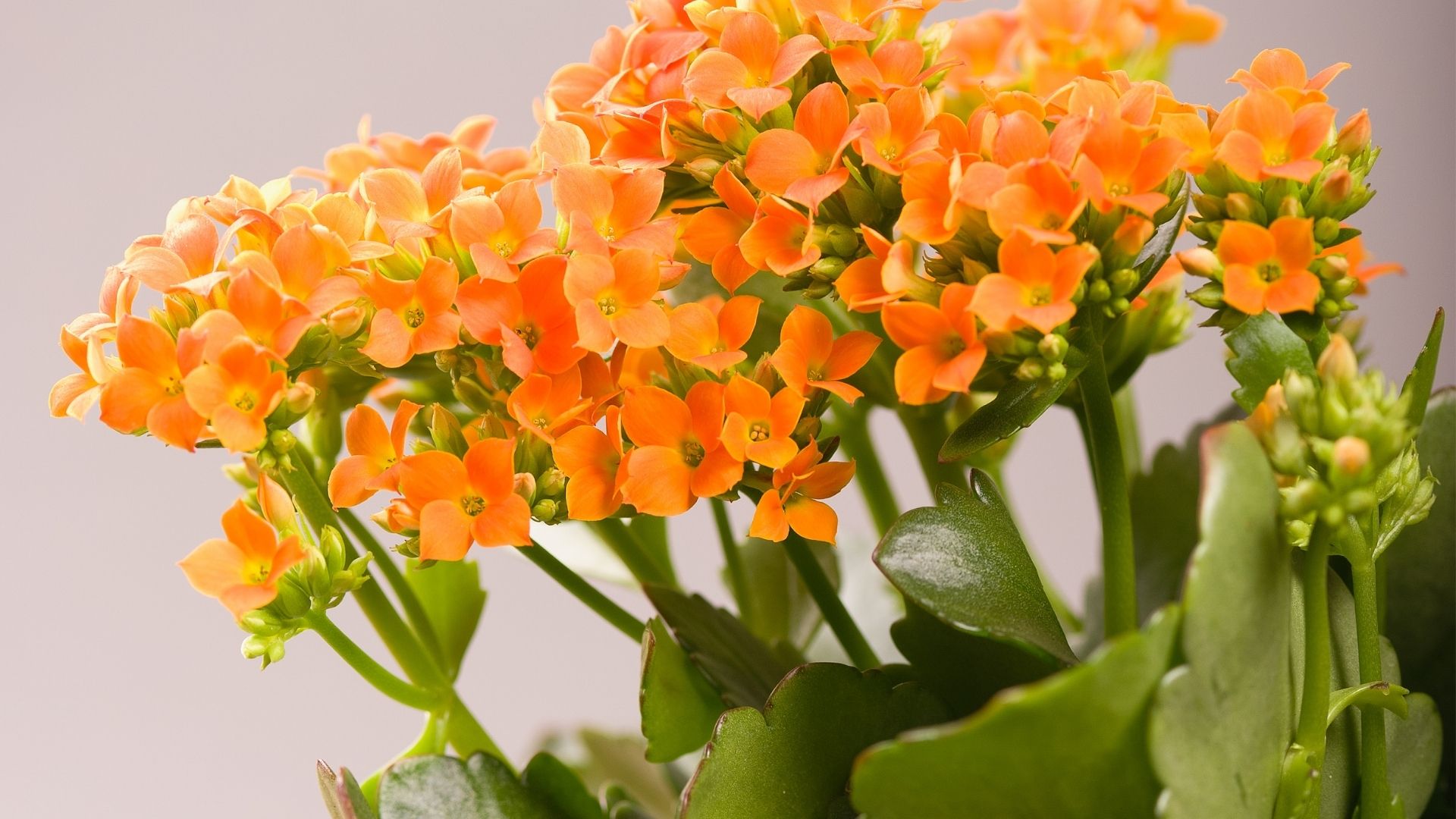Plants that begin with k – Embark on a botanical journey as we delve into the captivating world of plants that begin with the letter K. From the nutrient-rich kale to the vibrant kangaroo paw and the zesty kumquat, this exploration promises to unveil the wonders of nature’s kingdom.
Kale, with its diverse varieties and culinary versatility, takes center stage. Kangaroo paw, with its captivating blooms and cultural significance, transports us to the heart of Australia. And kumquat, with its delightful taste and ornamental charm, adds a touch of sweetness to our botanical adventure.
Kale

Kale is a leafy green vegetable belonging to the cabbage family (Brassicaceae). It is highly nutritious and packed with vitamins, minerals, and antioxidants. Kale is an excellent source of vitamin K, vitamin C, vitamin A, and calcium. It also contains significant amounts of iron, potassium, and magnesium.
Kale is a versatile vegetable that can be enjoyed in various culinary preparations. It can be eaten raw in salads, steamed, sautéed, or roasted. Kale is often used in soups, stews, and smoothies. Its slightly bitter taste and crunchy texture add a unique flavor to dishes.
Varieties of Kale
There are several varieties of kale, each with its unique characteristics. Some of the most common varieties include:
– Curly kale: This is the most common type of kale, known for its dark green, curly leaves. It has a slightly bitter taste and a firm texture.
– Lacinto kale: Also known as dinosaur kale or Tuscan kale, lacinato kale has long, narrow, and flat leaves with a dark green color. It has a sweeter taste than curly kale and a more tender texture.
– Red kale: Red kale has reddish-purple leaves with a slightly milder flavor than curly kale. It is also more tender and less bitter.
Cultivation Requirements
Kale is a relatively easy vegetable to grow. It prefers well-drained soil with a pH between 6.0 and 7.0. Kale requires full sun to partial shade and regular watering. It can tolerate light frost but should be protected from extreme cold temperatures.
Kale can be grown from seeds or transplants. Seeds should be sown directly in the soil in early spring or late summer. Transplants can be planted in the garden after the last frost date. Kale typically matures in 60 to 90 days.
Kangaroo Paw

The kangaroo paw is a unique and iconic Australian wildflower, known for its vibrant colors and unusual shape. It is a member of the Haemodoraceae family, which also includes bloodroots and spiderworts.
Kangaroo paws have long, slender stems that can grow up to 2 meters in height. The flowers are arranged in a dense cluster at the top of the stem, and they can come in a variety of colors, including red, orange, yellow, green, and purple. The most common species of kangaroo paw is the red kangaroo paw (Anigozanthos manglesii), which has bright red flowers and grows in the southwest of Western Australia.
Different Species
There are over 100 species of kangaroo paw, and they can be found in a variety of habitats, including forests, woodlands, and grasslands. Some of the most popular species include:
- Red kangaroo paw (Anigozanthos manglesii): This is the most common species of kangaroo paw, and it has bright red flowers. It is found in the southwest of Western Australia.
- Green kangaroo paw (Anigozanthos flavidus): This species has green flowers and is found in the southeast of Australia.
- Black kangaroo paw (Anigozanthos onycinus): This species has black flowers and is found in the southwest of Western Australia.
Cultural Significance
The kangaroo paw is a culturally significant flower in Australia. It is the floral emblem of Western Australia, and it is often used in traditional ceremonies and art. The kangaroo paw is also a popular garden flower, and it can be grown in a variety of climates.
Kumquat: Plants That Begin With K

Kumquats are small, oval-shaped citrus fruits that are native to Southeast Asia. They are typically about the size of a large grape and have a sweet-tart flavor. Kumquats are unique in that they can be eaten whole, including the peel. The peel is thin and slightly bitter, while the flesh is juicy and sweet.
Varieties of Kumquat, Plants that begin with k
There are several different varieties of kumquat, including the Nagami kumquat, the Meiwa kumquat, and the Hong Kong kumquat. The Nagami kumquat is the most common variety and is typically found in grocery stores. It is a small, oval-shaped fruit with a sweet-tart flavor. The Meiwa kumquat is a larger, rounder fruit with a sweeter flavor than the Nagami kumquat. The Hong Kong kumquat is a small, oval-shaped fruit with a tart flavor.
Cultivation Requirements
Kumquat trees are relatively easy to grow and can be grown in a variety of climates. They prefer well-drained soil that is rich in organic matter. They also need full sun to partial shade and regular watering. Kumquat trees can be grown from seed, but it is more common to propagate them from cuttings.
From the exotic kokia tree to the vibrant kale, the plant kingdom boasts a vast array of species that begin with the letter K. Among these botanical wonders, the velvet elvis plant stands out with its captivating foliage and unique care requirements.
For those seeking guidance on nurturing this tropical beauty, a comprehensive guide to velvet elvis plant care is readily available online. Returning to the realm of plants that begin with K, we encounter the majestic king protea, its vibrant blooms adding a touch of royalty to any garden.
Amongst the diverse flora that graces our planet, numerous species begin with the letter ‘k’. These include the majestic king protea, known for its vibrant blooms, and the delicate kousa dogwood, prized for its elegant foliage. Another captivating plant that shares this alphabetical kinship is the leopard lily.
This striking perennial, with its vibrant orange and black spotted flowers, demands attention in any garden. For those seeking guidance on nurturing this botanical gem, leopard lily plant care offers a comprehensive guide to ensure its flourishing growth and captivating beauty.
As we delve deeper into the realm of plants that commence with ‘k’, we encounter a kaleidoscope of species, each possessing unique characteristics and horticultural significance.
Many plants have names that start with the letter k, such as kale, kiwi, and kohlrabi. Some of these plants are edible, while others are not. The mint plant is a type of herb that is used in cooking and traditional medicine.
It has a strong, refreshing flavor and is often used in teas, desserts, and other dishes. Mint plants can also produce flowers, which are typically small and white or purple in color. Mint plants with flowers are a beautiful addition to any garden and can also be used to attract pollinators.